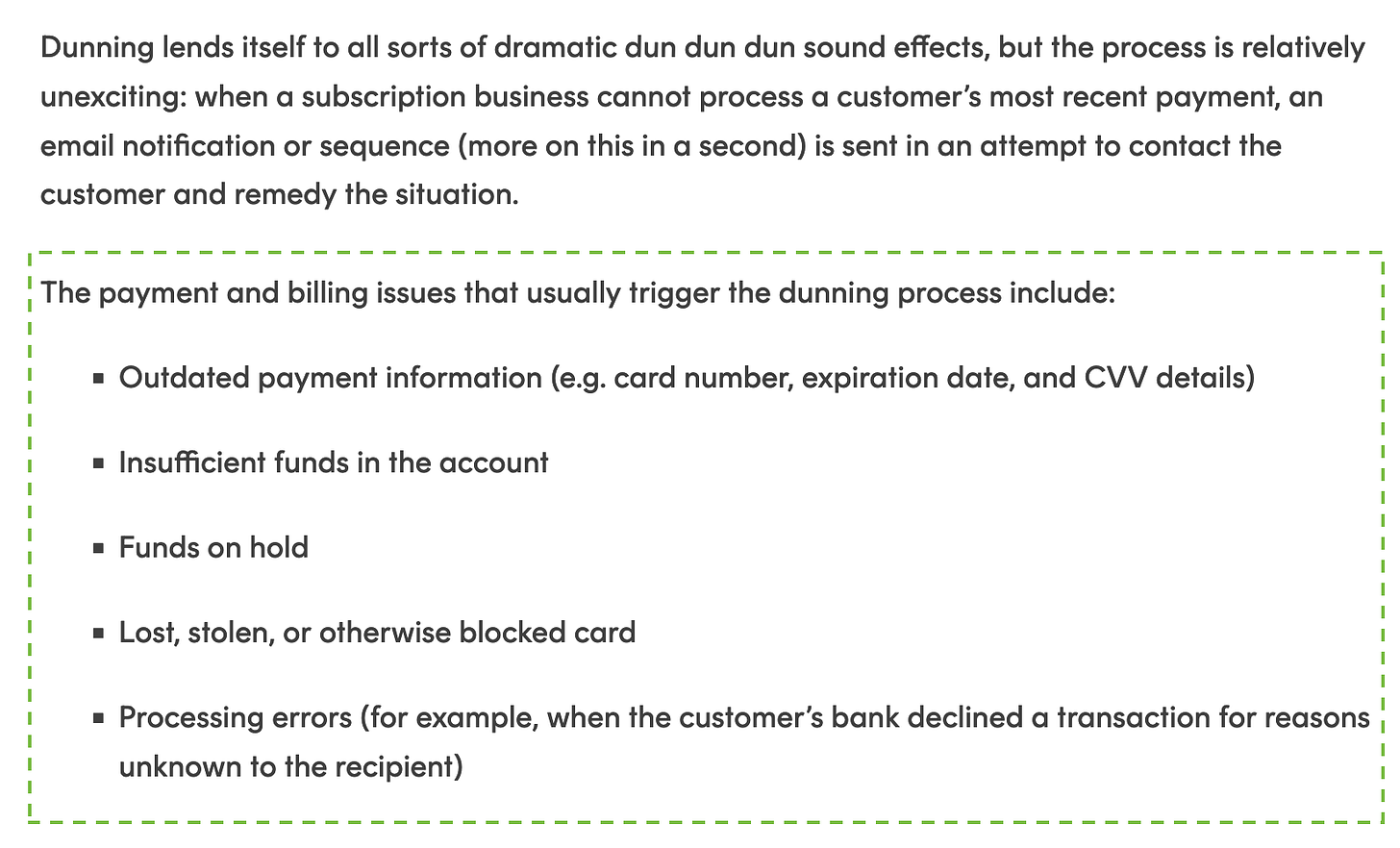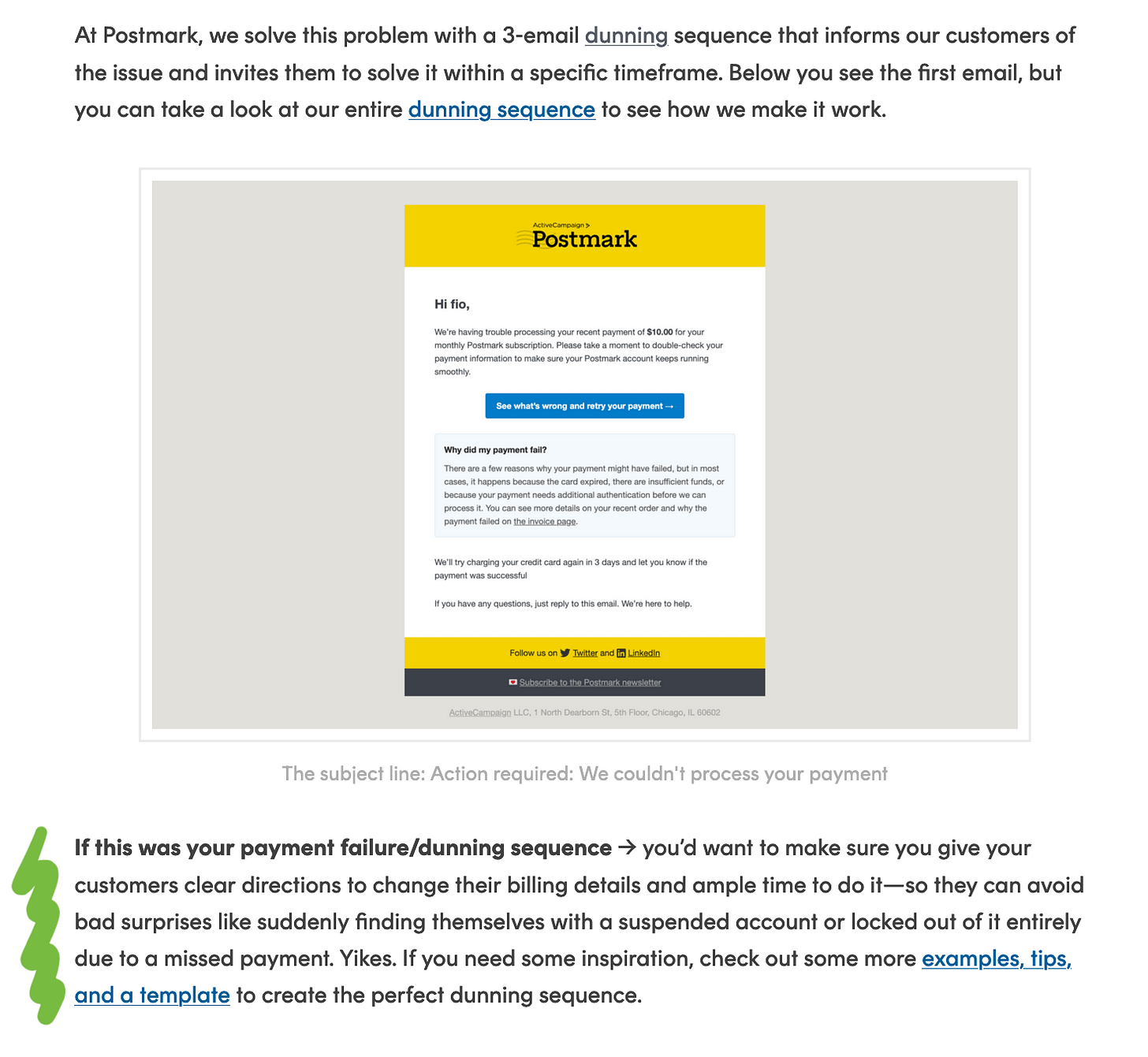
You are reading contentfolks—a fortnightly blend of sticky notes, big content ideas, and small practical examples. Thank you for being here! ~fio
Hey content folks,
There’s something very satisfying about building a framework or process that works so well you end up re-using it for months, or even years, after creating it.
For me, this happened with a framework I built at Hotjar in 2018 that I’ve been using to guide content creation ever since. I call it the EASY framework, and have even written about it before, because it’s just so useful. I hope you’ll take it and adapt to your needs as soon as you’re done reading 😉
A short detour into the importance of content frameworks
Frameworks are the ideas, information, and principles we use to plan or decide something. As a content person, you can use them as a compass to (re)orient your work and that of your teams when you need to:
- Align yourself and your team on content must-haves vs. nice-to-haves
- Hold yourself and others accountable to the same principles
- Edit or give feedback to other people’s work
- Bring consistency to different pieces you all create for the same company
Content frameworks save you time, help you clarify where you’re going, and keep everybody on the same page—and that, in turn, makes your job (and life) easier.
The EASY framework
The EASY framework is a set of four principles I introduced to make sure all creators at Hotjar would know what to aim for in our deliverables. The acronym is based on the four main instructions I’d give anyone creating a blog post, guide, ebook, video, or landing page:
- Be an Expert
- Make it Actionable
- Keep it Simple
- Make it Yours
I have since re-used the EASY framework at other B2B tech companies (and in this newsletter 😉) because it’s proven to lead to excellent product-led and educational content. I suspect it works equally well in different industries and for top-of-funnel/ inspirational pieces, though I haven’t tried it there yet.
As always: re-use away, but adapt to your needs first.
1. Expert
The principle: lean on your expertise, or that of the subject matter experts you are working with, to give your audience the specific information they need. Use your knowledge to anticipate any questions they might have and fill in the gaps for them. Don’t make them google anything or wonder “What does this mean?”
💡A practical example
What NOT to do: don’t use generic, vague terms or paint an incomplete picture that leaves your audience second-guessing what you may be implying:

What to do: remove the vagueness and fill in the gaps. Compare the vagueness of the paragraph above with the specificity of the one below, where we used our expertise with the process and the payment issues we see most commonly to write an extensive bullet point list of examples (highlighted in green):

2. Actionable
The principle: give your content a high level of utility so it helps your audience do something that’s important to them. Never leave people asking themselves “okay, but how do I actually do this?”: spell it out for them.
💡A practical example
We recently published a piece showcasing 8 email examples from our team. For each one, we added an ‘if this was your email’ section (highlighted in green below) to explain how the reader could take the example and use it as a starting point to build their own email.

3. Simple
The principle: get straight to the point. Communicate in a way that is clear and easy to follow, and cut unnecessary jargon, idioms, and tangents. It boils down to this: respect your audience and their time—don’t make them work to understand you.
Warning: despite its name, this is the hardest element of the framework to pull off. Creating tightly written & deeply considered content takes A LOT of effort. Don’t let anybody tell you otherwise!
💡A practical example
Below is one of my favourite introductions I worked on this summer. It could have been much wordier, but it gets straight to the point and paints a complete picture in just four lines. Don’t let its apparent simplicity deceive you, though: it took a solid ten minutes of tweaking and reshuffling to get it to this stage.

4. Yours
The principle: use your unique voice and experience to establish a connection with the people you’re creating content for. Make each piece feel like it could only come from you, if you’re getting the byline, or the company you are creating on behalf of.
💡A practical example
What ‘yours’ looks like is very brand- and individual-dependent. At Postmark, the general vibe is friendly and quirky, and I am lucky to have the full freedom to just be me. So if you stumble upon an introduction where the author is using precise numbers, em dashes, and winky emojis—there’s a 97% chance you know who that is 😉
So here you go: my framework for creating EASY content that is Expert, Actionable, Simple, and Yours. Whenever I’m working on something, I ask myself: is it EASY? If yes, I know we’re doing something right; if no, I know exactly what to fix.
Will you give it a try?

